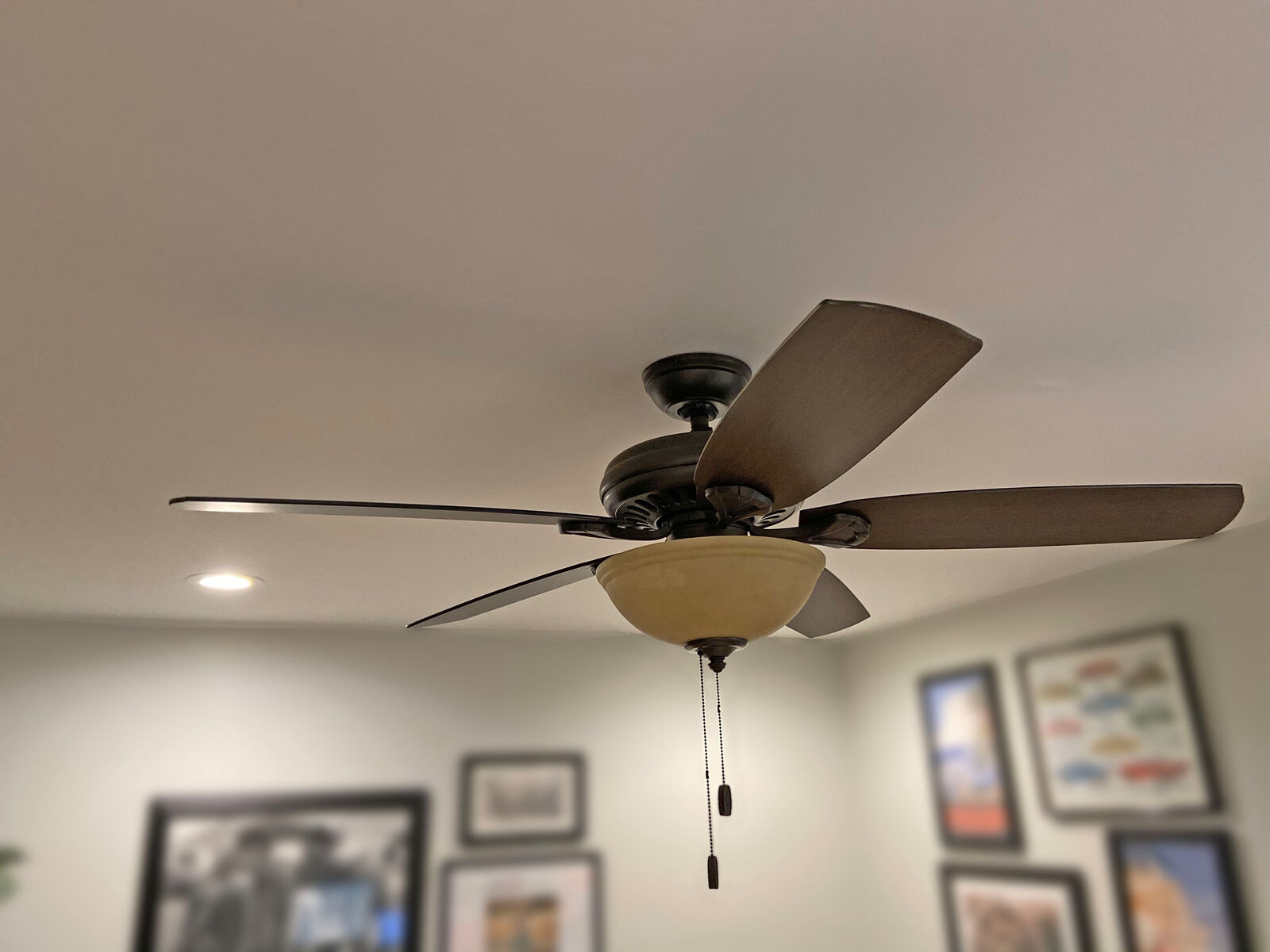

Articles
What Way Should Fan Spin In Summer
Modified: March 25, 2024
Learn the ideal direction for fan spin during the summer. Read our articles to discover the best way to keep cool and comfortable during hot weather.
(Many of the links in this article redirect to a specific reviewed product. Your purchase of these products through affiliate links helps to generate commission for Storables.com, at no extra cost. Learn more)
Introduction
Welcome to the world of cooling options! When the summer heat becomes unbearable, the humble fan comes to our rescue. But have you ever wondered in which direction your fan blades should spin to maximize its cooling effect? It’s a commonly asked question with a simple answer: counterclockwise rotation during the summer months.
Understanding how fan rotation affects airflow is essential for creating a comfortable environment. By strategically adjusting your fan’s rotation, you can optimize its cooling capabilities and enhance the overall cooling experience.
In this article, we’ll explore the benefits of counterclockwise fan rotation in summer, as well as the advantages of clockwise fan rotation. We’ll also discuss important factors to consider when deciding which direction to set your fan for optimal comfort. So, let’s dive in and unravel the mystery of fan rotation for summertime cooling!
Key Takeaways:
- Maximize your fan’s cooling potential by setting it to rotate counterclockwise in summer. Enjoy improved air circulation, energy efficiency, and personalized comfort for a refreshing breeze.
- Consider factors like room size, ceiling height, and personal preferences when choosing fan rotation. Experiment with counterclockwise and clockwise rotations to find the perfect cooling balance.
Read more: What Way Should Ceiling Fan Turn In Summer
Understanding Fan Rotation
Before we delve into the specifics of fan rotation during the summer, let’s first understand how it actually works. Most fans have adjustable settings that allow you to change the direction in which the blades spin. This feature is crucial as it determines the direction of the airflow produced by the fan.
In the summer months, when temperatures soar, the primary goal is to create a refreshing breeze that cools down the room. To achieve this, your fan should rotate counterclockwise when viewed from below. This counterclockwise rotation creates a downward airflow that creates a wind-chill effect, making you feel cooler.
On the other hand, during winter months, when the air is already chilly, you can reverse the fan’s direction to clockwise. This clockwise rotation helps redistribute warm air trapped near the ceiling, pushing it down towards the floor, resulting in better heating efficiency.
By adjusting the fan’s rotation based on the season, you can maximize its effectiveness and create a comfortable living environment.
Benefits of Counterclockwise Fan Rotation in Summer
When it comes to beating the summer heat, counterclockwise fan rotation is your secret weapon. Here are some of the benefits it offers:
- Improved Air Circulation: When the fan rotates counterclockwise, it creates a downward airflow that helps circulate the air in the room. This circulation prevents stagnant air pockets and promotes better ventilation, keeping the space fresh and cool.
- Enhanced Evaporative Cooling: Counterclockwise fan rotation helps improve the effectiveness of evaporative cooling. As the breeze from the fan passes over your skin, it increases the rate of evaporation, making you feel cooler even in the hottest temperatures. This effect is similar to the cooling sensation you experience when a breeze blows on a wet surface.
- Energy Efficiency: By using a counterclockwise fan rotation, you can potentially reduce your reliance on air conditioning. The wind-chill effect created by the fan can make the space feel several degrees cooler, allowing you to raise the thermostat and save on energy costs.
- Personalized Comfort: Fans with counterclockwise rotation allow for customizable comfort. You can adjust the fan speed and tilt to direct the airflow exactly where you need it, ensuring optimal coolness for every individual in the room.
- No Drafts: One concern many people have with fans is the possibility of creating drafts, especially when placed directly in front of a person. With counterclockwise rotation, the downward airflow is less likely to cause uncomfortable drafts, providing a pleasant and consistent cooling experience.
With these incredible benefits, it’s clear why counterclockwise fan rotation is the preferred choice for summer cooling. So, next time you’re battling the sweltering heat, make sure to set your fan to rotate counterclockwise for maximum comfort!
During the summer, set your ceiling fan to spin counterclockwise to create a cooling breeze. This will help circulate the air and make the room feel more comfortable.
Benefits of Clockwise Fan Rotation in Summer
While counterclockwise fan rotation is ideal for summer cooling, there are some scenarios where clockwise rotation can still be advantageous. Here are a few benefits of using clockwise fan rotation during the summer months:
- Aid in Air Circulation: Although counterclockwise rotation is typically recommended for cooling, there may be areas in a room where air circulation is poor. In such cases, setting the fan to clockwise rotation can help push the stagnant air towards the fan blades, improving overall airflow and ventilation.
- Reduced Humidity: High humidity can contribute to discomfort during hot summer days. By using clockwise fan rotation, you can help reduce humidity levels. This rotation creates an updraft that pulls up cooler air from the floor and mixes it with the warmer air near the ceiling. As a result, moisture in the air is evenly distributed, leading to a more comfortable and less humid environment.
- Assists with Air conditioner Efficiency: If you have an air conditioner, setting the fan to rotate clockwise can aid in the distribution of cool air throughout the room. The clockwise rotation pushes the cool air downwards, helping to evenly distribute the conditioned air and potentially reducing the workload on your air conditioning system.
- Eliminates Hot Spots: In certain spaces, you may find specific areas that tend to be warmer than others. By using clockwise fan rotation, you can eliminate these hot spots by bringing cooler air from the floor up towards the ceiling and spreading it throughout the room.
While counterclockwise rotation is generally recommended for summer cooling, it’s important to assess your specific cooling needs and room layout to determine whether clockwise rotation could be beneficial in your situation. Experimenting with different fan settings can help you find the optimal balance of comfort, airflow, and humidity control.
Remember to always adjust your fan rotation based on the specific needs of the room and the desired comfort level you wish to achieve.
Factors to Consider for Fan Rotation in Summer
Choosing the right fan rotation for summer cooling requires considering various factors that can impact your comfort level. Here are some essential factors to keep in mind:
- Room Size and Layout: The size and layout of the room play a significant role in determining the ideal fan rotation. Larger rooms may benefit from counterclockwise rotation to ensure better overall air circulation, while smaller rooms may require clockwise rotation to eliminate hot spots.
- Ceiling Height: The height of the ceiling can affect how air is distributed in the room. For standard ceiling heights, counterclockwise rotation is typically recommended to create a downward breeze. However, in rooms with high ceilings, like lofts or cathedral ceilings, clockwise rotation can help bring down the warmer air that accumulates near the ceiling.
- Number of Occupants: The number of people in the room can impact the desired fan rotation. If the room is occupied by many individuals, counterclockwise rotation can help create a pleasant breeze without causing uncomfortable drafts. However, in a room occupied by only a few people, clockwise rotation may be more beneficial to ensure proper air circulation.
- Proximity to Air Conditioners: If you have air conditioning in the room, consider the location of the air conditioner in relation to the fan. For efficient cooling, it is recommended to set the fan rotation counterclockwise to help distribute the cool air from the air conditioner throughout the space.
- Personal Preferences: Ultimately, your personal comfort preferences should also be taken into account. Experiment with different fan settings and rotations to find the configuration that provides the most comfortable and enjoyable cooling experience for you and others in the room.
By considering these factors and adjusting your fan rotation accordingly, you can optimize the cooling effect, improve air circulation, and create a comfortable environment during the summer months.
Read more: Which Way Should Fan Blow In Summer
Conclusion
Choosing the right fan rotation during the summer can greatly impact your comfort and the overall cooling efficiency of your space. While counterclockwise rotation is generally recommended for creating a refreshing breeze, there are certain scenarios where clockwise rotation can be beneficial as well.
By understanding the basics of fan rotation and considering factors such as room size, ceiling height, number of occupants, proximity to air conditioners, and personal preferences, you can make an informed decision about the ideal fan rotation for your specific situation.
The benefits of counterclockwise fan rotation in summer include improved air circulation, enhanced evaporative cooling, energy efficiency, personalized comfort, and reduced drafts. On the other hand, clockwise fan rotation can aid in air circulation, reduce humidity, assist with air conditioner efficiency, and eliminate hot spots.
Remember, experimentation is key. Take the time to test different fan rotations and settings to find the configuration that works best for your space and provides the most comfortable environment for you and anyone else using the room.
In the end, the goal is to create a cool and enjoyable space during the hot summer months. So, whether it’s counterclockwise or clockwise rotation, find the fan rotation that suits your needs and beat the heat with style!
Frequently Asked Questions about What Way Should Fan Spin In Summer
Was this page helpful?
At Storables.com, we guarantee accurate and reliable information. Our content, validated by Expert Board Contributors, is crafted following stringent Editorial Policies. We're committed to providing you with well-researched, expert-backed insights for all your informational needs.
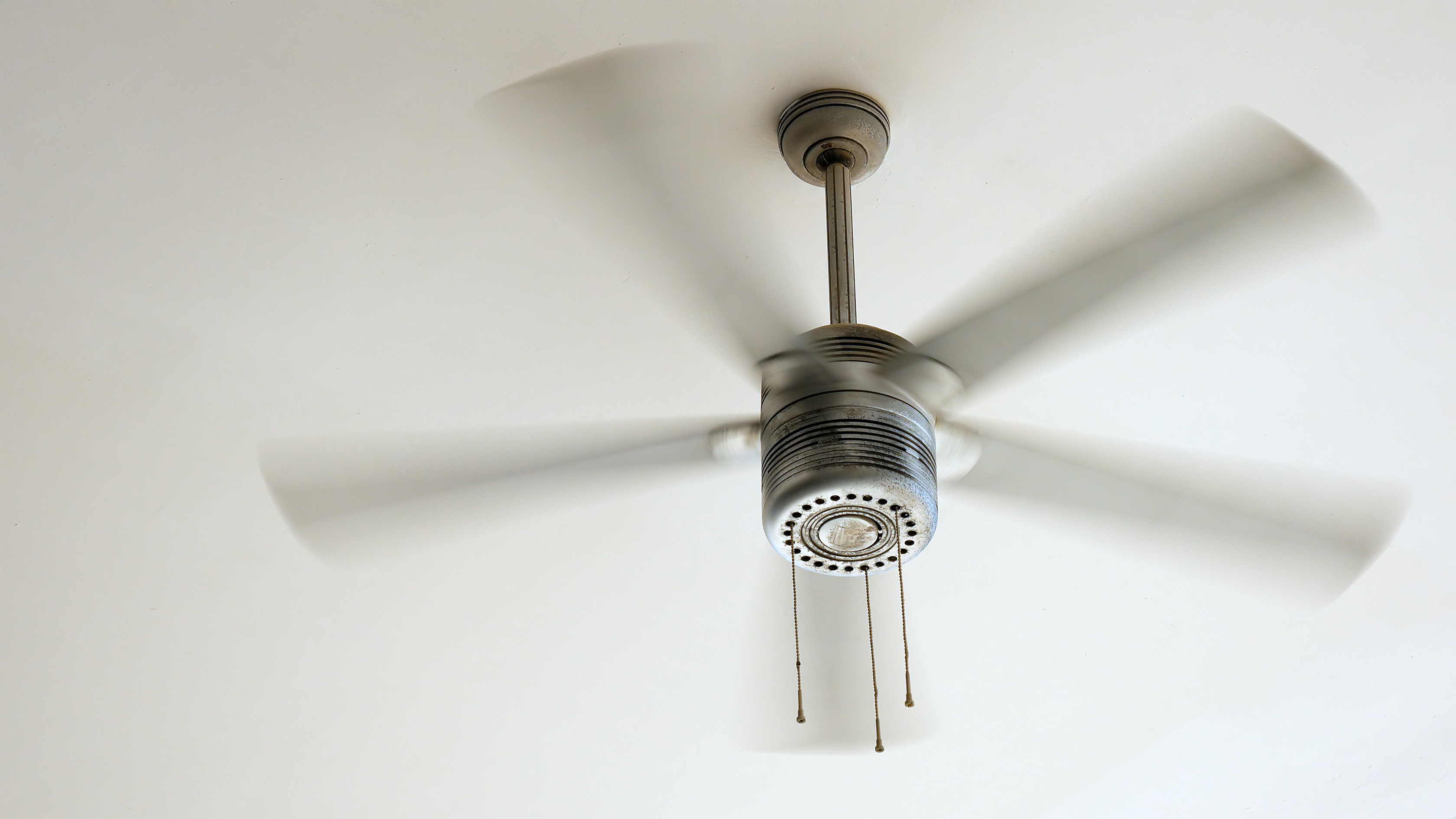
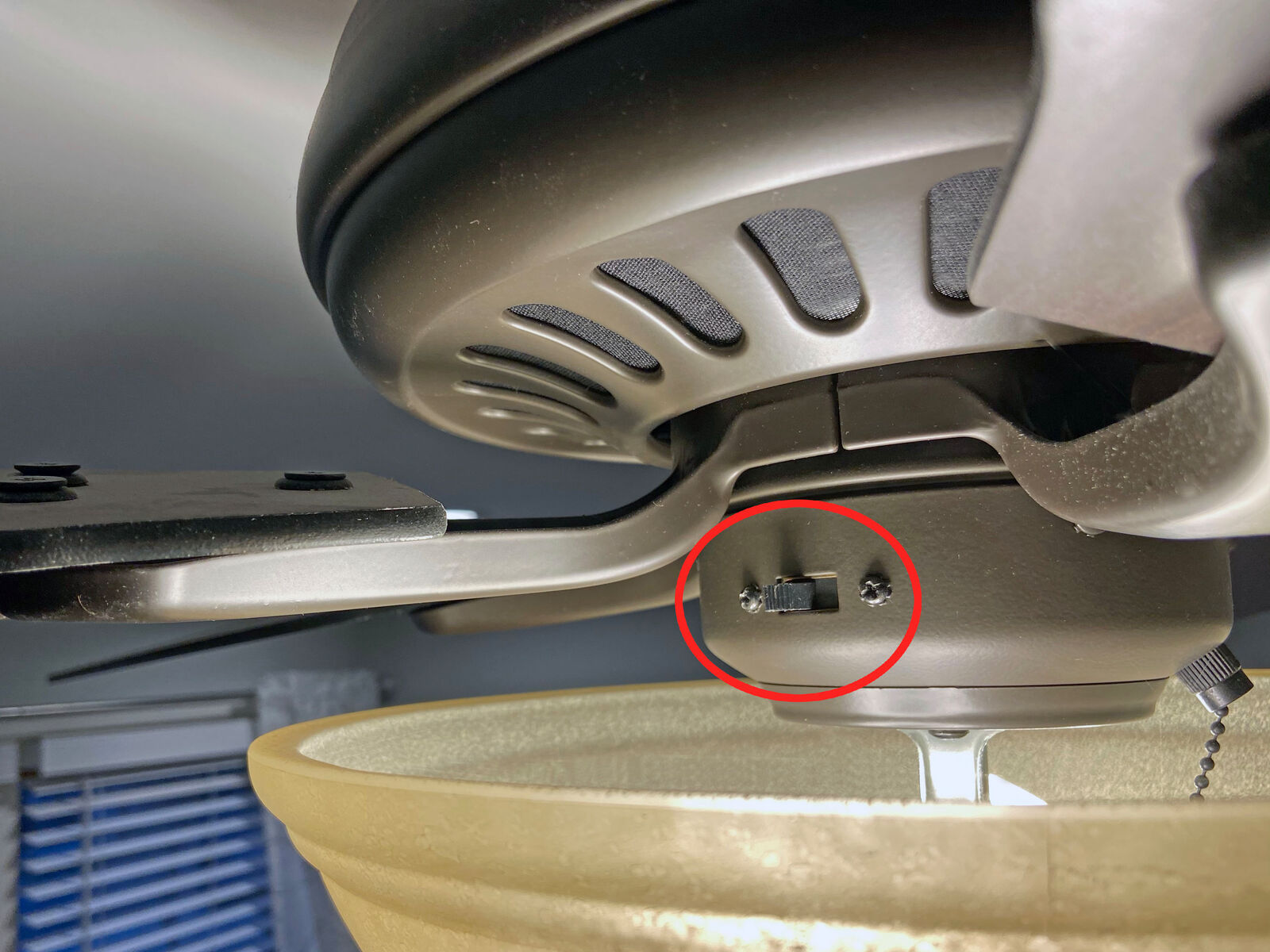
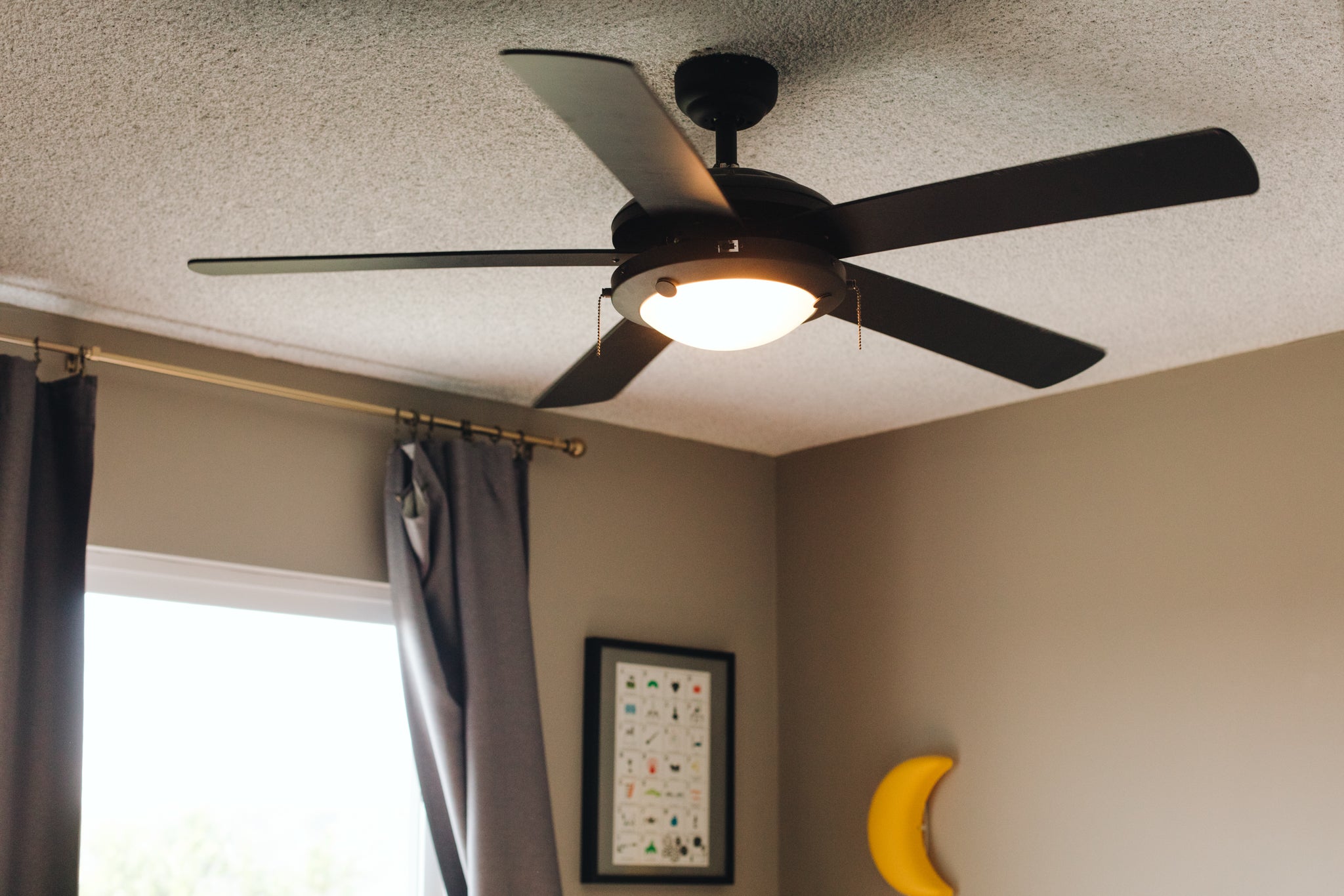
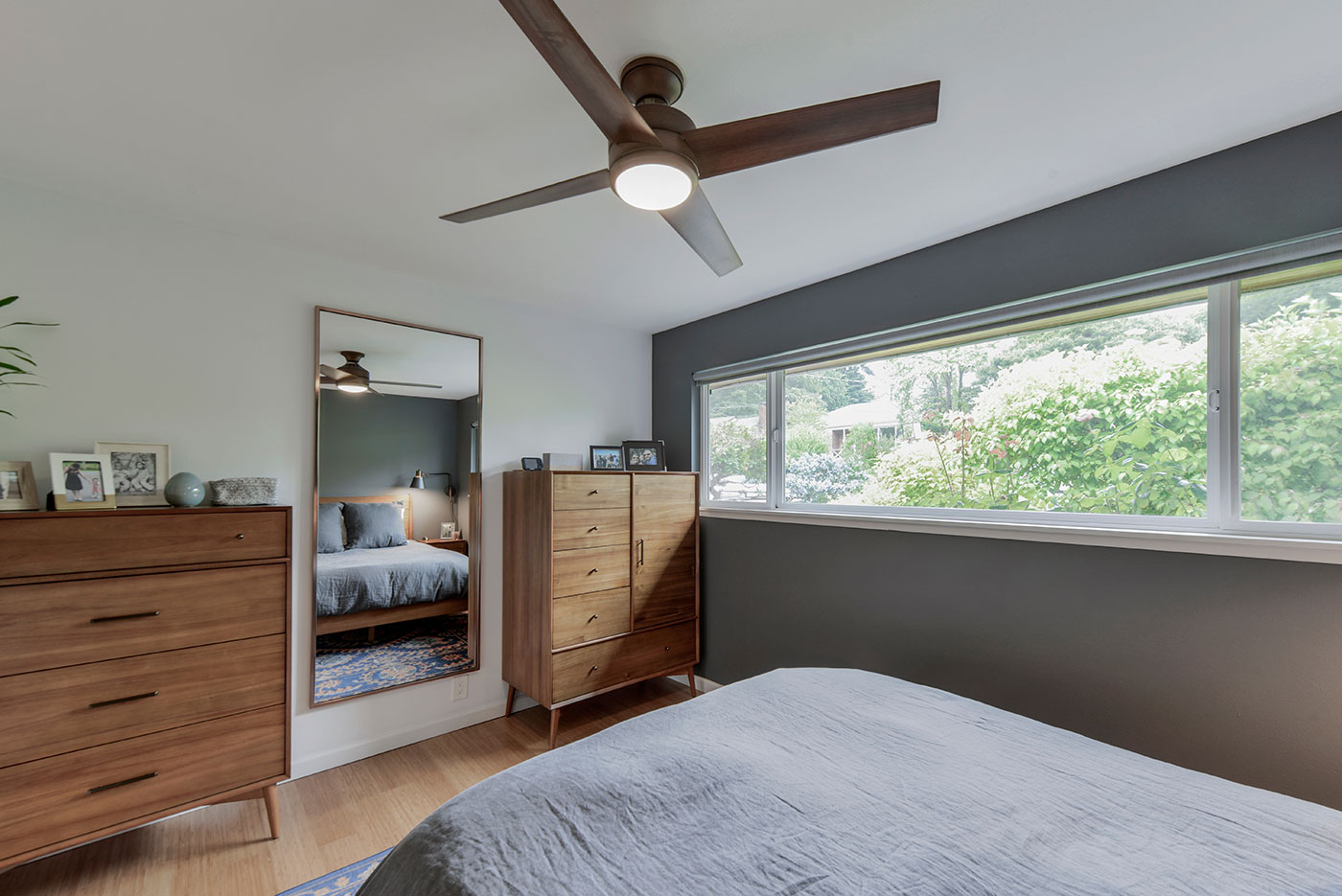
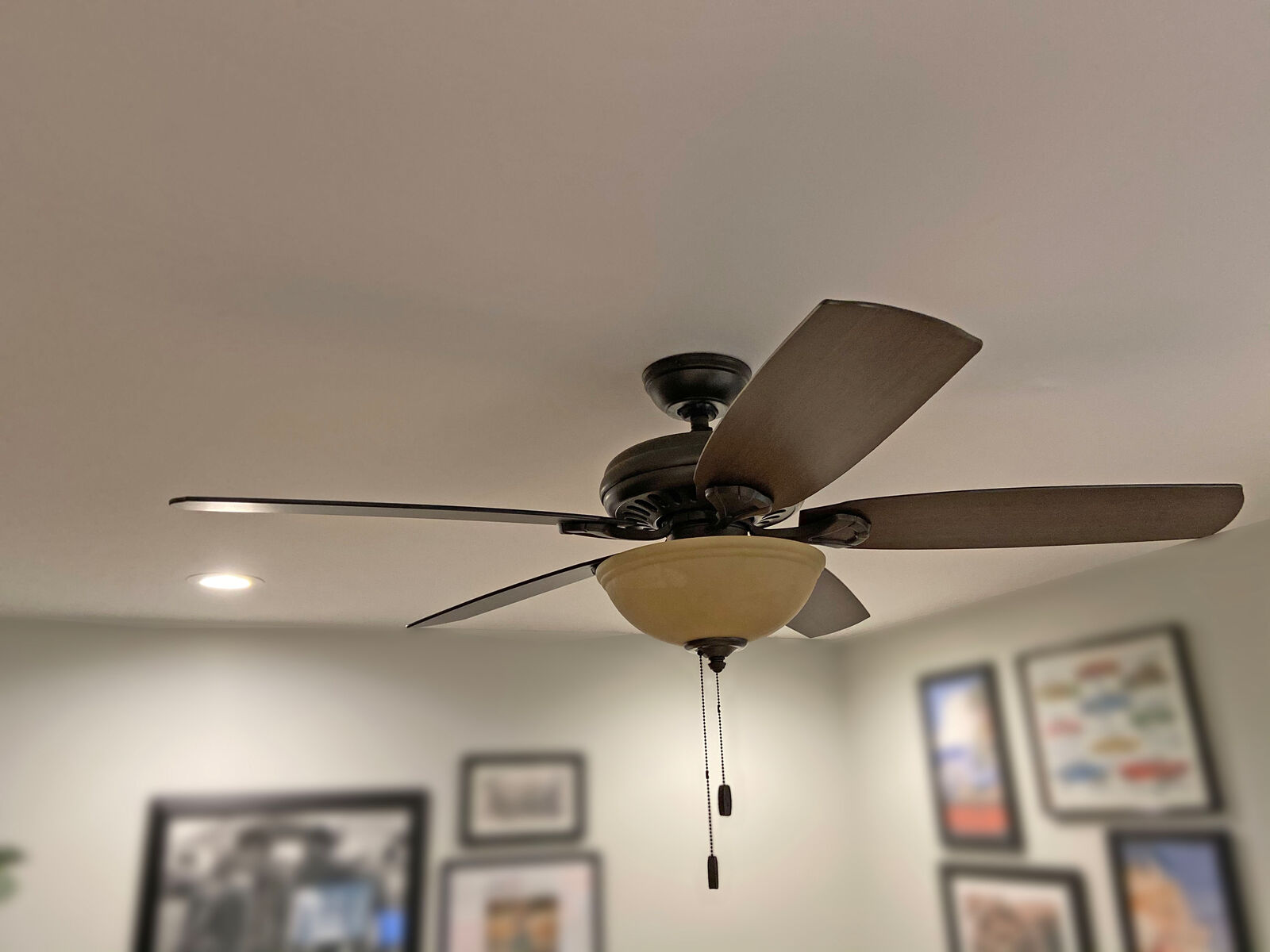
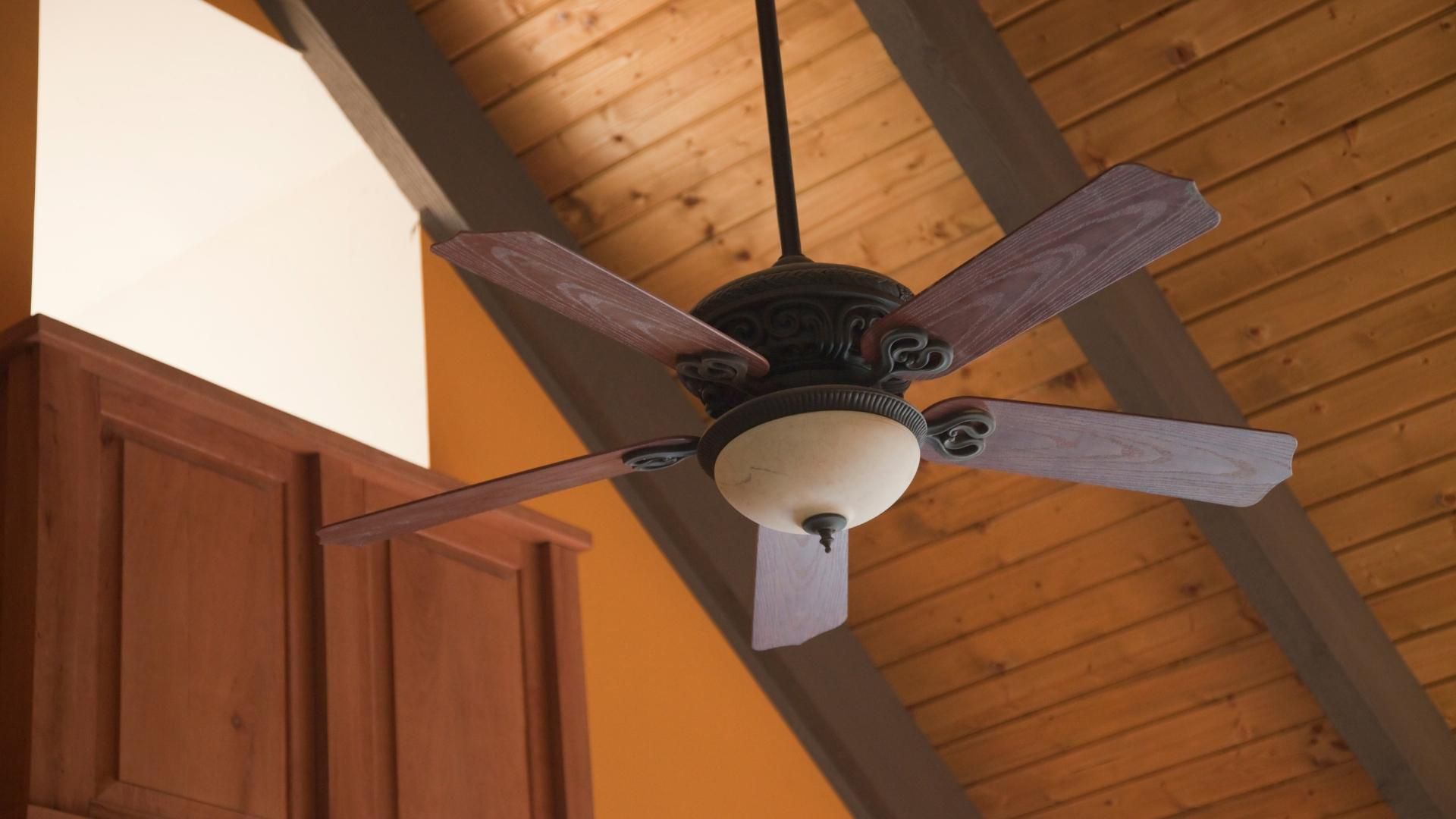


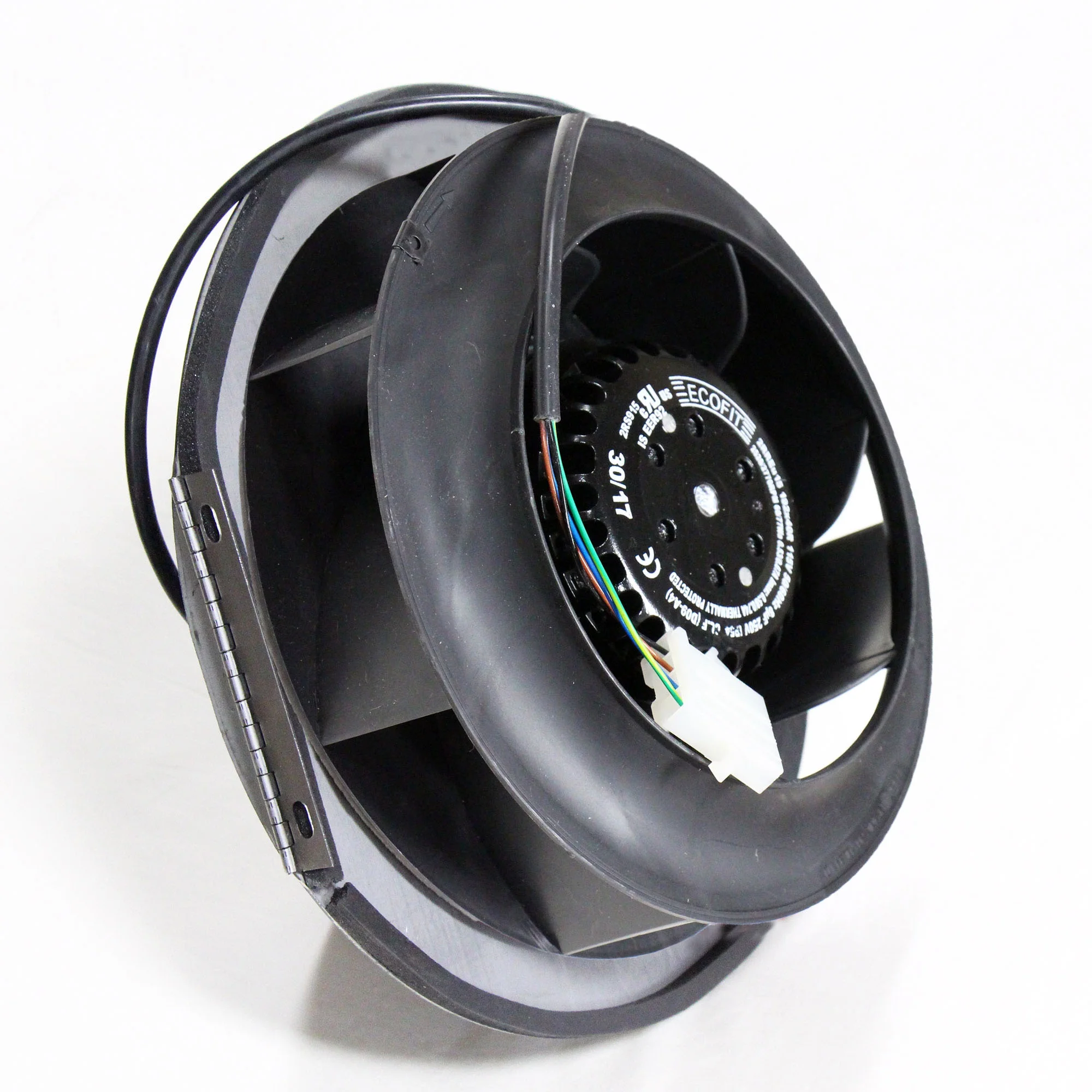
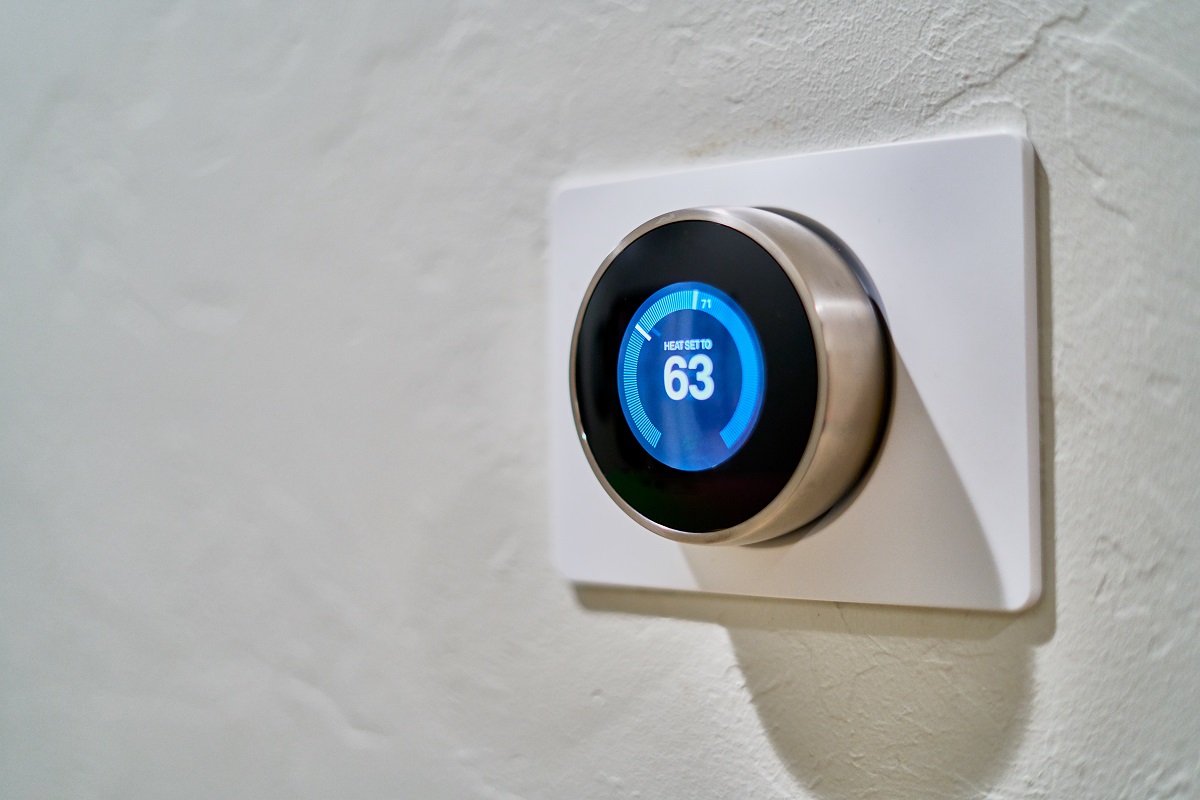
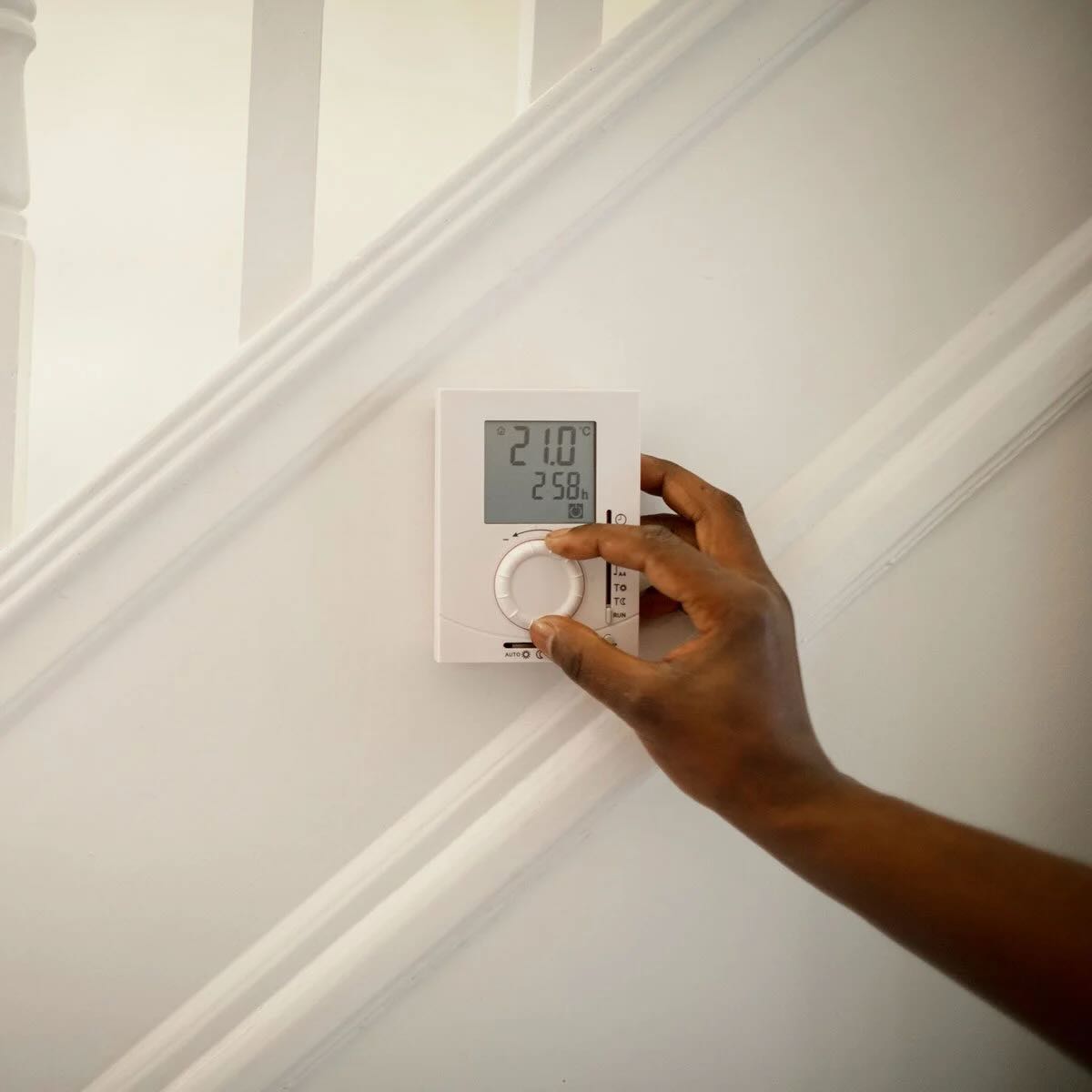
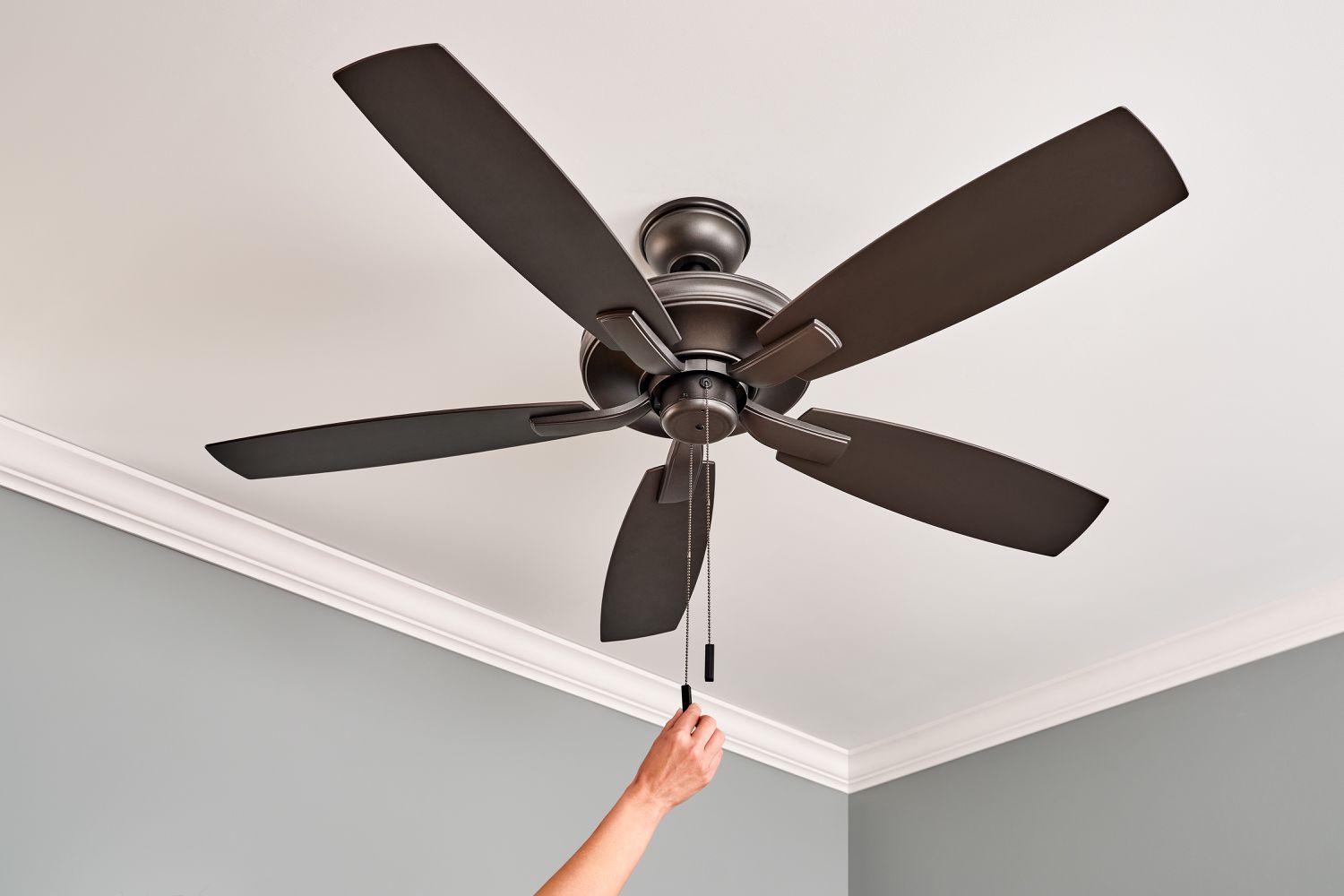
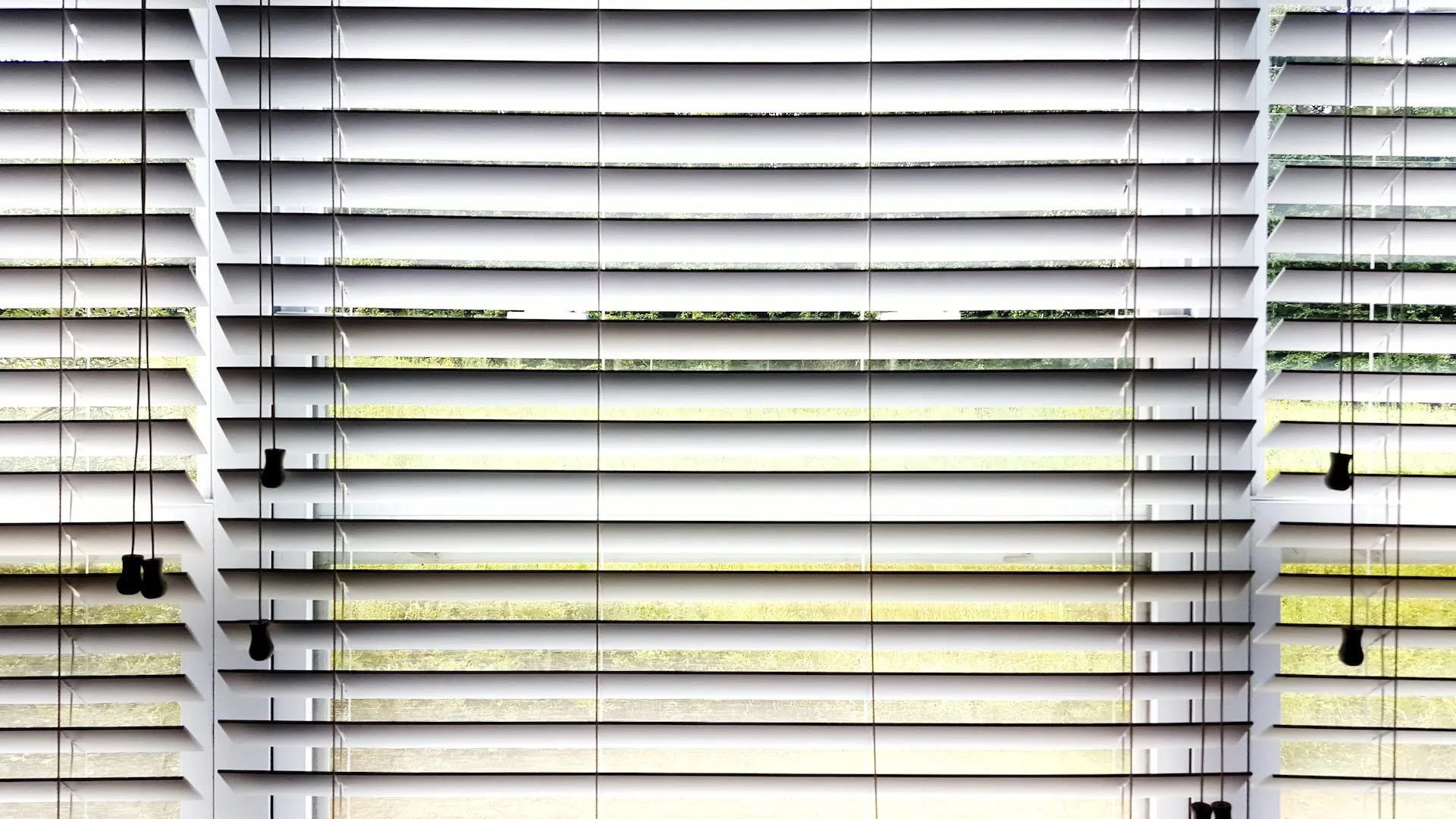


0 thoughts on “What Way Should Fan Spin In Summer”